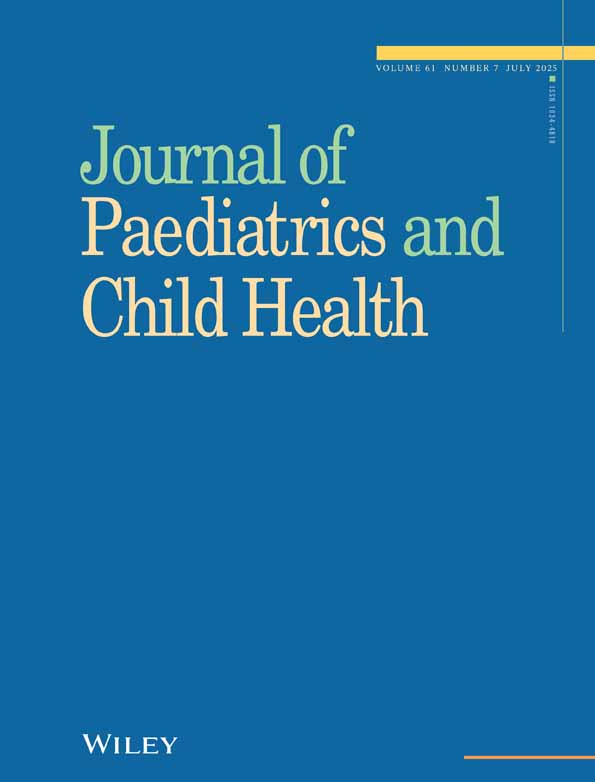Why do mothers still sun their infants?
Abstract
Objective: To determine the prevalence of maternal beliefs about the therapeutic uses of sunlight in infancy in tropical Australia.
Methodology: Data were collected by interviewing 114 post-partum patients in Townsville (19°16′S), Queensland. Each woman was asked a series of open-ended and set-response questions about ancestry, pigmentation, residential history, parity, maternal and paternal education, and beliefs regarding the reputed therapeutic uses of sunlight.
Results: Half of the women had at least one risky belief about the perceived benefits of sunning their baby. Thirty-six per cent were in favour of using sunlight to treat neonatal jaundice; 20.2% believed it was necessary to intentionally sun their baby to prevent vitamin D deficiency; and 10.5% thought sunlight was a good remedy for nappy rash. Independent predictors of one or more of these beliefs included maternal age and education level, and having another child that had been treated for jaundice. Forty per cent of multiparous women had sunned a child to treat neonatal jaundice. In most cases, advice to mothers to sun their baby had been given by a midwife/nurse (41%) or a doctor/paediatrician (28%).
Conclusions: Post-parturient women had a high prevalence of beliefs that may result in their infant being intentionally exposed to sunlight, and which could increase their child’s future risk of skin neoplasia. Midwives and doctors, including paediatricians, were identified as the major professional sources of these beliefs. Professional education is needed to change the beliefs of health professionals who recommend therapies involving sunlight.




